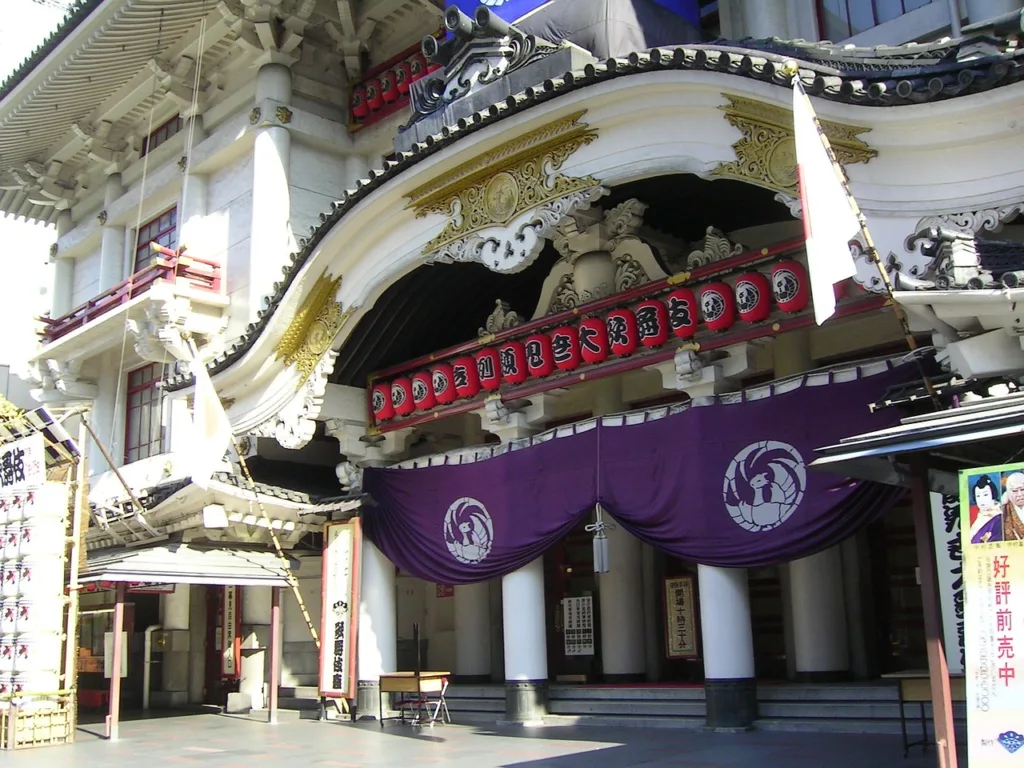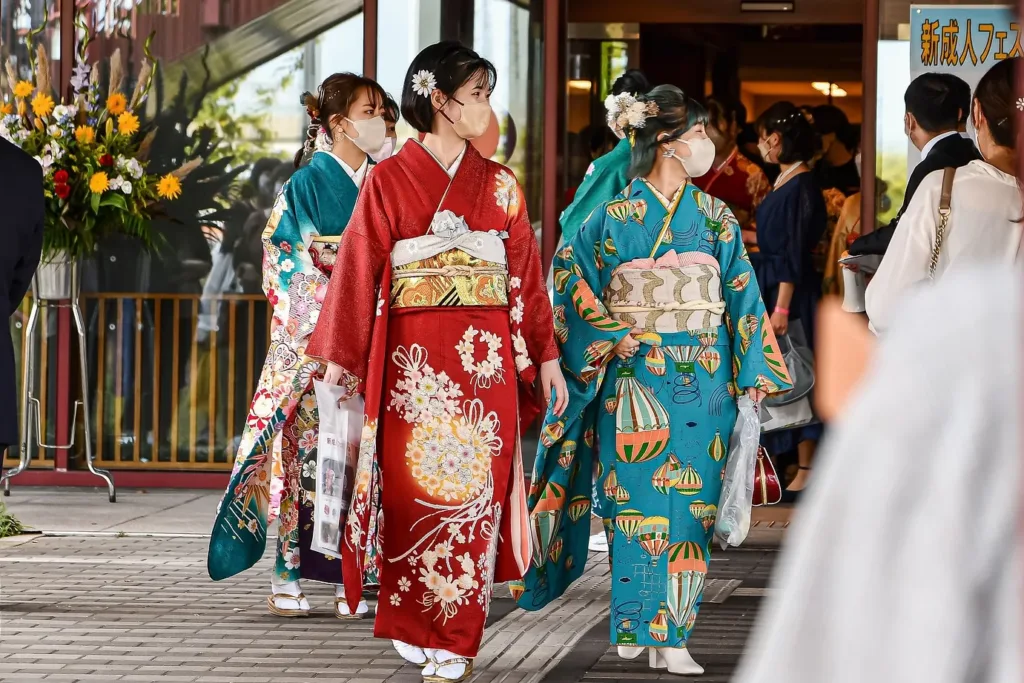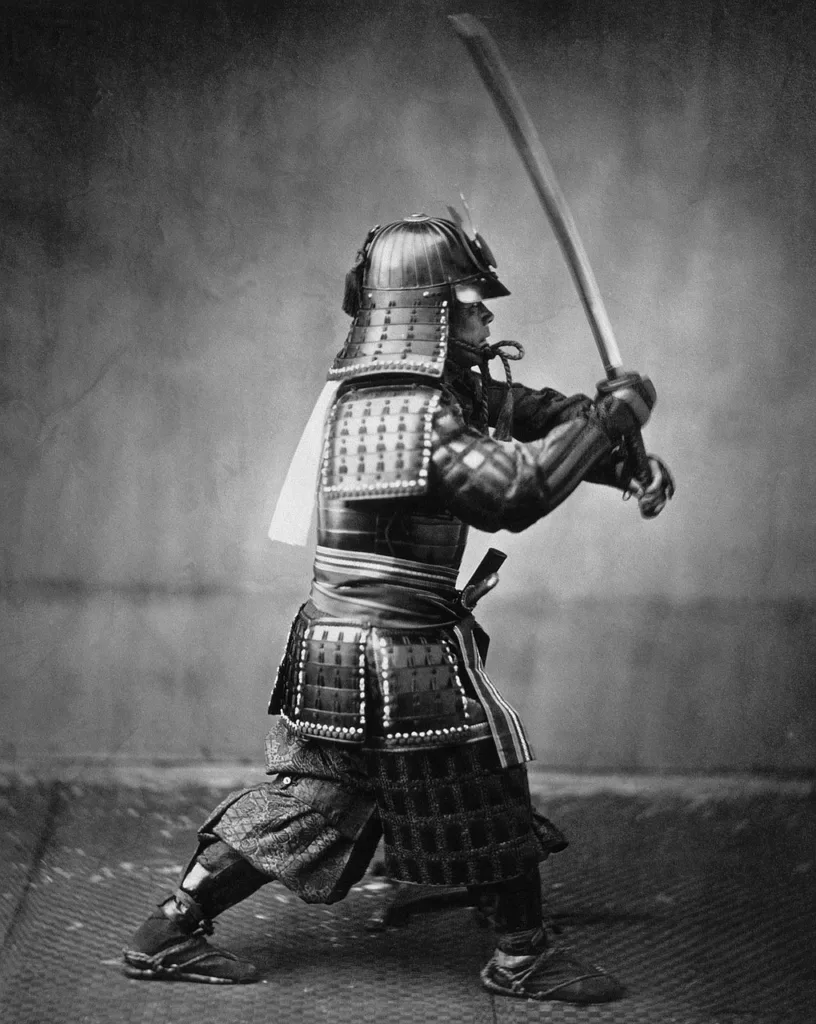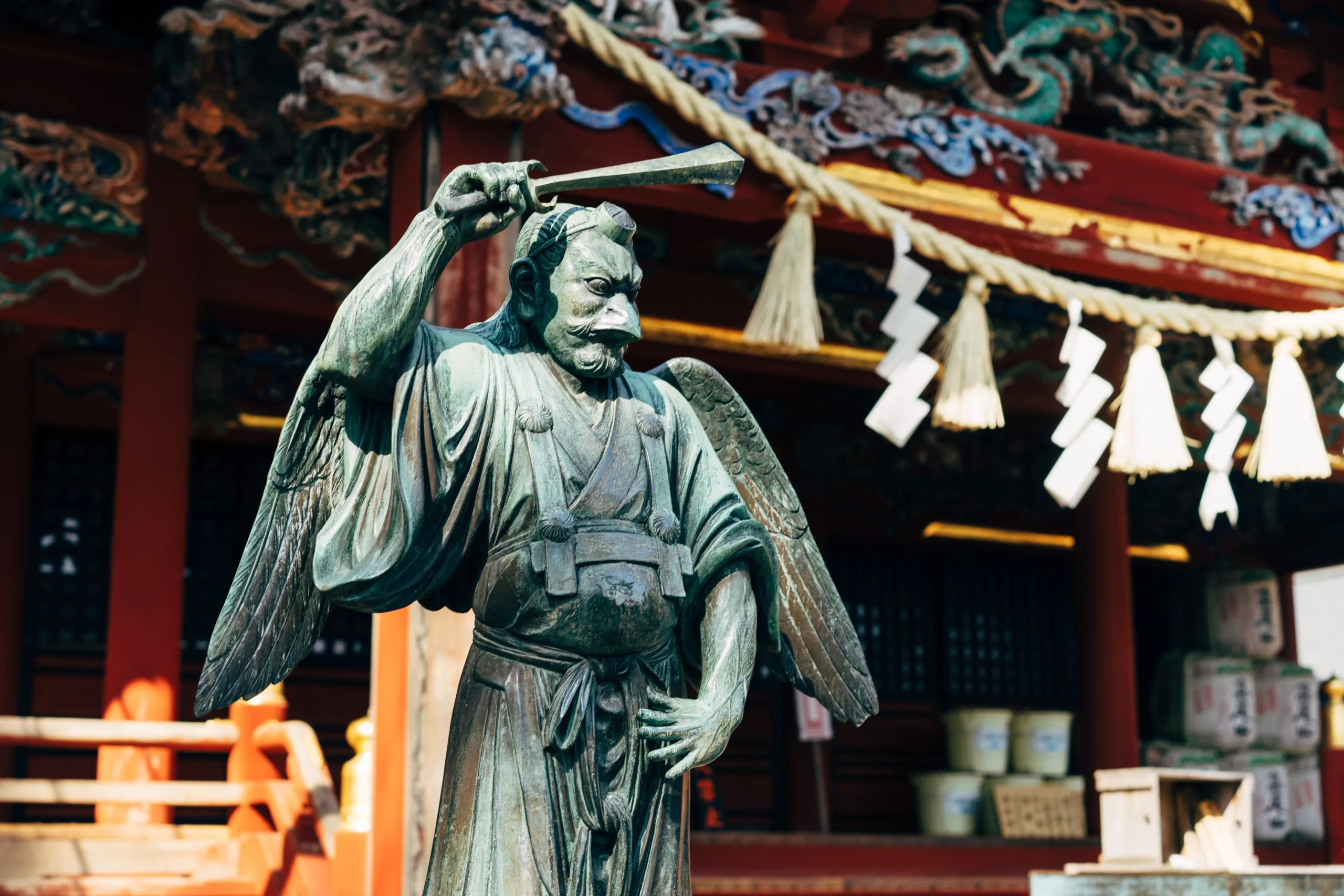Hey there, fellow history enthusiasts! Today, we embark on a captivating journey to the Edo period in Japan, a time of immense transformation and cultural richness. As we delve into this remarkable era, we’ll uncover the historical significance, impact on modern Japanese life, the role of samurai, and the intricate workings of the government and economy. So, grab your virtual katana and let’s set foot in the captivating world of the Edo period!
The Edo Period Unveiled: A Glimpse into History
Step back in time with me as we immerse ourselves in the captivating tale of the Edo period, which spanned from 1603 to 1868. This era was characterized by remarkable stability, isolationist policies, and a flourishing of arts and culture.
- Tokugawa Shogunate: The Edo period owes its name to the establishment of the Tokugawa Shogunate, led by the Tokugawa family, which brought an end to centuries of civil war and political instability.
- Isolationist Policies: Under the shogunate’s rule, Japan adopted a policy of sakoku, or “closed country,” limiting contact with the outside world and fostering internal stability.
- Peace and Prosperity: With the country free from internal conflicts, Japan thrived economically and culturally, witnessing the rise of a vibrant urban society.
The Samurai’s Way: Guardians of Tradition
No discussion of the Edo period would be complete without exploring the indomitable samurai, the warrior class that played a central role in this era.
- Samurai Hierarchy: The samurai held a distinct social position, occupying the top echelons of the warrior class. They were known for their unwavering loyalty, code of honor (bushido), and their military prowess.
- Duties and Responsibilities: Samurai served as retainers to daimyo (feudal lords), protecting their domains and enforcing the shogunate’s rule. They were not only skilled warriors but also scholars, poets, and patrons of the arts.
- Influence on Modern Japan: While the samurai class ceased to exist after the Meiji Restoration in 1868, their legacy remains deeply ingrained in Japanese society. Concepts like discipline, honor, and respect continue to shape the country’s cultural fabric.
Government and Bureaucracy: The Inner Workings of the Shogunate
The Edo period witnessed the rise of a complex bureaucratic system that governed the shogunate and its territories.
- Shogun and Daimyo: The shogun held the highest authority, serving as the military dictator, while daimyo were powerful feudal lords who ruled over their domains.
- Daimyo’s Obligations: Daimyo were required to reside in Edo (present-day Tokyo) for alternating periods, a practice known as sankin-kotai. This system ensured their loyalty to the shogunate and allowed for close monitoring.
- Centralized Rule: The shogunate maintained control by establishing a network of regional administrators, called hatamoto, who oversaw the smooth functioning of the domains.
Economic Prosperity: The Pulse of Edo Japan
The Edo period witnessed significant economic growth and the emergence of a prosperous merchant class.
- Urbanization and Market Towns: Cities like Edo (Tokyo) and Osaka flourished, becoming vibrant centers of commerce and culture. Market towns thrived, attracting merchants and craftsmen from all corners of the country.
- Rice-based Economy: The economy revolved around the cultivation and trade of rice, the main source of wealth and power during this period. The shogunate enforced strict regulations to ensure stable rice prices and distribution, contributing to economic stability.
- Merchant Class: The growth of trade and urbanization led to the rise of the merchant class, known as chōnin. They played a crucial role in the economy, accumulating wealth and influencing cultural trends.
- Guilds and Trade Networks: Guilds, known as za, controlled various trades and industries, ensuring quality standards and fostering competition. Trade networks expanded both domestically and internationally, with Japan engaging in commerce with China, Korea, and the Netherlands.
Cultural Renaissance: Art, Literature, and Entertainment
The Edo period was a golden age of cultural innovation and artistic expression.
- Ukiyo-e: Ukiyo-e, or “pictures of the floating world,” emerged as a popular art form. Woodblock prints depicting scenes from everyday life, landscapes, kabuki actors, and beautiful courtesans captivated the public’s imagination.
- Kabuki and Noh Theater: Traditional theater thrived during this period, with kabuki and Noh gaining immense popularity. Kabuki was known for its lively performances, vibrant costumes, and exaggerated makeup, while Noh conveyed subtle emotions through elegant movements.
- Haiku and Literature: Poetry, particularly haiku, flourished as a form of artistic expression. Renowned poets like Matsuo Bashō crafted profound and evocative verses that captured the essence of the natural world.
- Tea Ceremony and Zen Buddhism: The practice of tea ceremony, influenced by Zen Buddhism, became a symbol of refinement and tranquility. It emphasized mindfulness, aesthetics, and the appreciation of beauty in everyday rituals.

Fashion and Style: The Elegance of Edo Period Clothing
In the vibrant tapestry of the Edo period, fashion and clothing played a significant role, reflecting social status, cultural traditions, and artistic sensibilities.
- Kimono: The quintessential garment of the era was the kimono, a beautifully crafted traditional robe worn by people of all classes. Made from luxurious silk and adorned with intricate patterns, the kimono symbolized elegance and refinement.
- Social Significance: Kimono styles and designs varied based on social status, age, and occasion. The elaborate patterns, colors, and fabric quality often indicated the wearer’s wealth and status within society.
- Class Distinctions: The strict hierarchical structure of Edo society was reflected in clothing. The samurai class had their own distinctive style, characterized by more subdued colors and simpler patterns, reflecting their martial heritage and adherence to bushido.
- Obi and Accessories: The obi, a wide sash worn around the waist, added a touch of drama and sophistication to the kimono. Its size, color, and knotting style signified the wearer’s gender, marital status, and occasion. Accessories like hairpins, fans, and embroidered bags further enhanced the overall aesthetic.
- Influence on Modern Fashion: The grace and timeless appeal of the kimono continue to inspire modern fashion designers, both in Japan and worldwide. Elements of traditional Japanese attire often find their way into contemporary clothing, blending the old with the new.

While the kimono dominated the fashion landscape, it’s important to note that different classes and professions had their own unique garments and dress codes.
- Samurai Armor: Samurai warriors donned intricate and ornate armor, combining practicality with artistic flair. Crafted from lacquered metal plates, silk cords, and adorned with family crests, samurai armor showcased their martial prowess and identity.
- Merchant Attire: Chōnin, the merchant class, often wore sumptuous fabrics and stylish garments that reflected their newfound wealth. They favored bold colors, detailed embroidery, and luxurious accessories to express their social standing and success in business.
- Occupational Clothing: Workers and craftsmen had their specific work attire, such as the indigo-dyed cotton garments worn by farmers and the white robes of Buddhist monks. These outfits were designed for practicality and comfort, reflecting their daily routines and roles within society.

The Edo period’s fashion landscape was a fascinating blend of tradition, social hierarchy, and artistic expression. It reflected not only the wearer’s status but also their connection to the cultural and aesthetic values of the time.
Legacy and Modern Impact: Edo’s Enduring Spirit
The legacy of the Edo period continues to shape modern-day Japan in various ways.
- Cultural Heritage: Traditional arts, crafts, and customs from the Edo period remain an integral part of Japanese identity and are celebrated through festivals, museums, and cultural events.
- Architecture and Gardens: The Edo period left an indelible mark on Japan’s architectural landscape. Historic buildings, such as the Tokyo Imperial Palace and Himeji Castle, reflect the craftsmanship and aesthetics of the time. Japanese gardens, with their meticulous design and Zen influence, continue to inspire serenity and contemplation.
- Social Values: The emphasis on discipline, respect, and community that characterized the Edo period still resonates in modern Japanese society. Concepts like group harmony, etiquette, and strong work ethic find their roots in this era.
- Resilience and Adaptability: The Edo period’s stability and isolationist policies fostered self-sufficiency and resilience, qualities that continue to shape Japan’s response to challenges and natural disasters.
Summary
As we bid farewell to the captivating world of the Edo period, we can’t help but appreciate its profound impact on modern Japan. From the gallant samurai to the thriving economy and cultural renaissance, this era laid the foundation for the nation we know today. The Edo period serves as a testament to Japan’s ability to blend tradition with innovation, and its enduring spirit continues to captivate the hearts of those who seek to uncover its rich history. So, let’s raise our imaginary cups of matcha and toast to the remarkable legacy of the Edo period!

